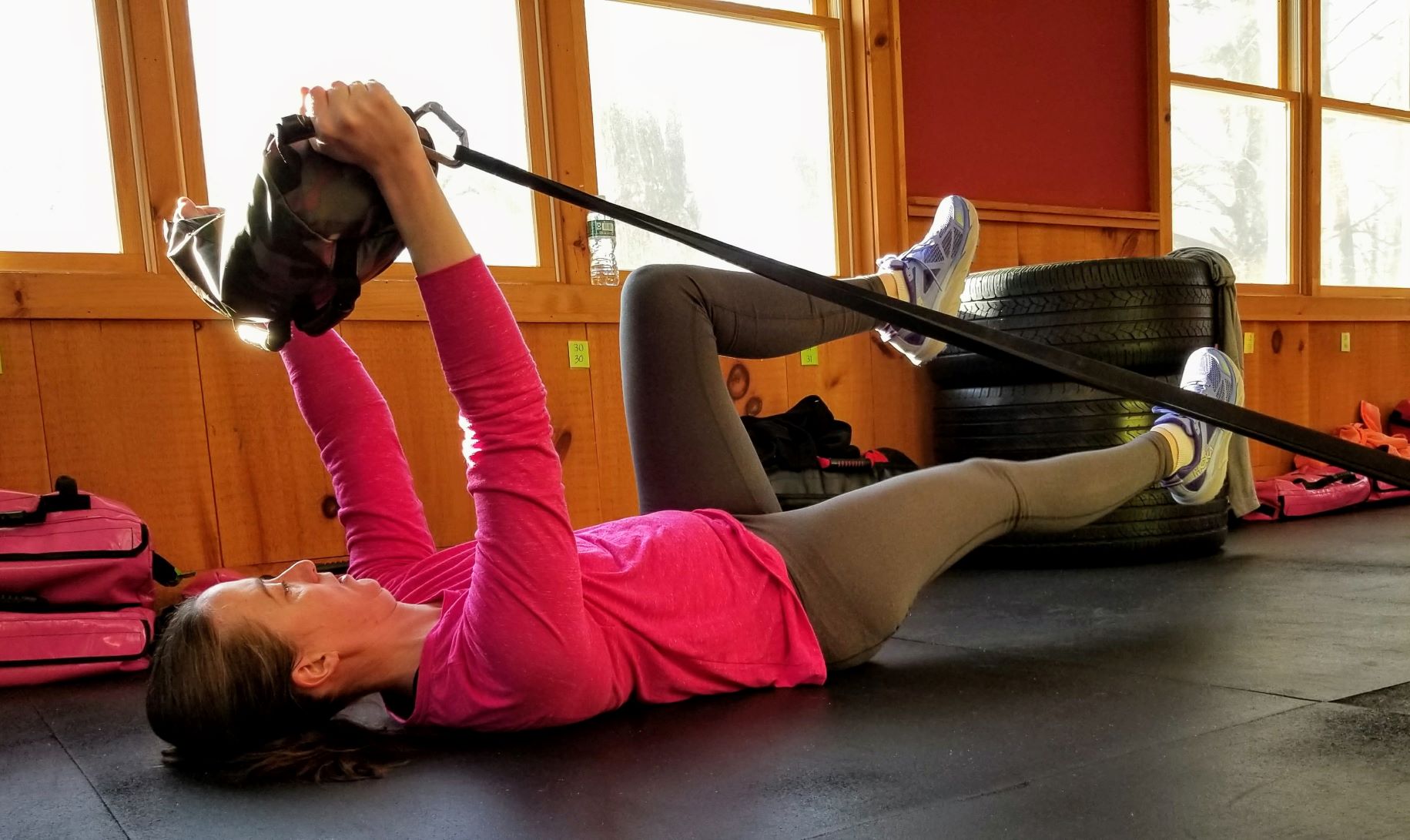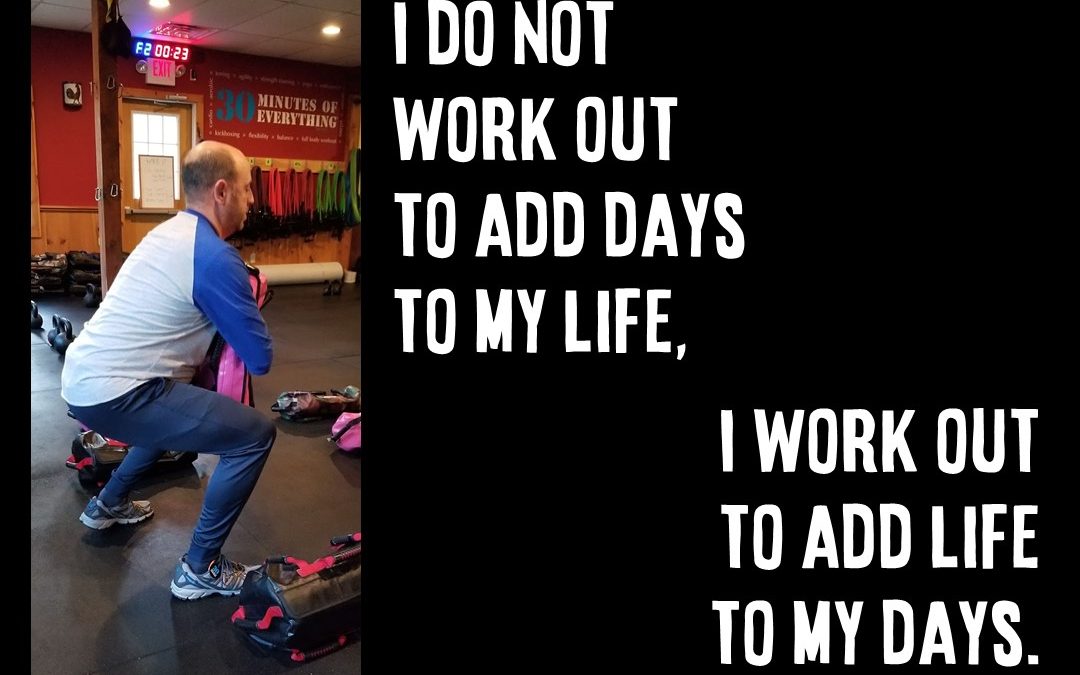When I talk about rotation I used the cue “squishing a bug.” Today I want to talk to you about a “dead bug”. Kinda sounds like an insect education course, but I promise you it has nothing to do with actual insects. However, the dead bug exercise does get its name from the resemblance of your body position on the floor to an actual dead bug. That’s about all that’s similar. So why is this exercise so great?
Research has proven crunches to be bad for your back – too much pressure on the vertebrae in spinal flexion (bending forward) – so we now train the core muscles in their entirety to help resist rotation and extension (bending backwards). A stronger core helps protect your back, keep you safe, and improve your movement. A dead bug exercise integrates all aspects of your core as well as that cross-pattern movement we’ve talked about before.

The dead bug teaches you how to lock in your rib cage while you create movement at your shoulders and hips. Being able to keep your core stable while you move the rest of your body is key to proper whole-body movement. This is how the dead bug benefits your life:
- It improves balance and stability.
- This can help prevent injury.
- It can enhance nueromuscular efficiency.
By strengthening your core via the dead bug exercise you have more control over your arm & leg movements, better integration of your nervous system with your muscular system, more stability in your pelvis/hips, and you simultaneously work your pelvic floor and diaphragm. While the dead bug looks so simple, it really is an incredibly complete core movement. Watch the video and think about the cues next time you do the dead bug. Ribs down, butt tight!

